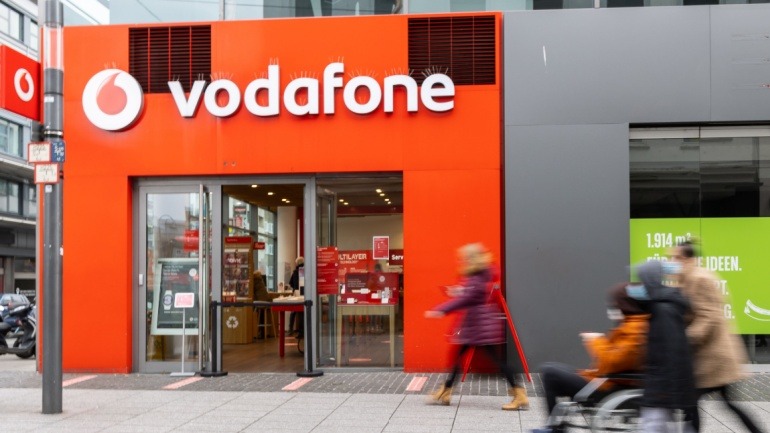Britain’s Vodafone Group and Austria’s A1 Group have made a significant stride with successful 5G Standalone (SA) roaming between two distinct networks. This achievement showcases a mobile subscriber from A1 Bulgaria seamlessly connecting to Vodafone Germany’s 5G SA network.
The connection utilized commercially available 5G core network software adhering to the latest 3GPP standards. Notably, it demonstrated advanced voice capabilities, including immersive surround sound that future smartphones will support. Unlike the existing Non-Standalone (NSA) 5G architecture that integrates with LTE infrastructure, 5G SA operates solely on a cloud-native 5G core. This core leverages Service-Based Architecture, offering the complete suite of 5G features.
This accomplishment, according to Alberto Ripepi, chief network officer at Vodafone Group, is expected to elevate user experiences at international events and provide uniform connectivity across various business locations.
A fundamental component in this endeavor was Ericsson’s dual-mode 5G Core and Security Edge Protection Proxy (SEPP) platforms used by both Vodafone and A1. The SEPP, a part of Ericsson’s Cloud Signaling portfolio, safeguards subscriber and network data during international usage, aligning with GSMA guidelines. It acts as a security gateway between networks, ensuring end-to-end authentication and data protection.
Additionally, the trial employed 3GPP and GSMA-defined standards to facilitate the automatic setup and centralized management of inter-operator connections. This approach simplifies roaming agreements while reducing configurational difficulties and accelerating market entry.
Todor Tashev, senior director of the Competence Delivery Center for A1 Group, emphasized the importance of this milestone. He highlighted that it is a pivotal step towards providing high-quality mobile connectivity to both European citizens and tourists.
Added Monica Zethzon, Head of Solution Area Core Networks at Ericsson, of more than 60 live or deployed 5G SA networks around the globe, over 40 are powered by their core and radio solutions. She notes the expectation of consistent service quality and security as these networks become operational. Roaming capabilities are essential to fulfill such user expectations.
The future outlook for 5G SA is optimistic. Ericsson’s Mobility Report predicts that nearly 60% of global 5G subscriptions, about 3.6 billion, will be 5G SA-enabled by 2030. Additionally, research indicates that European consumers are prepared to pay up to 15% more for superior app performance and connectivity, particularly during major events.







